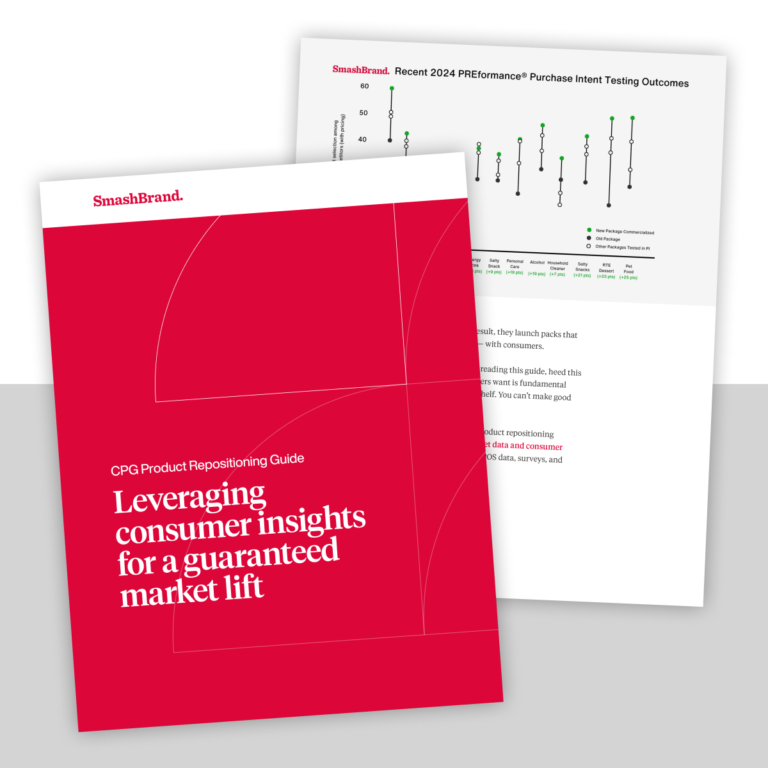Saying COVID-19 has changed the way companies do business is more than an understatement. The true impact of COVID-19 on day-to-day operations will take a long time to tally, both financially and emotionally, regardless of the industry. For packaging design, this impact will reveal itself in both the short-term and long-term.
Package design and branding are expected to change in fundamental ways post-COVID as megatrends surrounding the industry reshape manufacturer expectations.
Issues like packaging convenience, reasonable costs, and performance integrity are traditional “must-haves.” These are taking a backseat to emerging concerns such as hygiene, sustainability, and direct-to-consumer offerings. Traditional must-haves are still on the priority list, but more pressing post-COVID concerns are making considerable waves.
Is your business ready for post-COVID packaging and consumer megatrend shifts?
Anticipating Packaging Design in a Post-COVID World
While COVID-19 has certainly accelerated the order-from-home business model, the trend toward more consumer-centric packaging, delivery, and marketing has been a long time coming.
Customer demands continue to shape the marketplace as consumers become savvier to outdated marketing and sales tactics. E-commerce and local online orders are on the rise. The result is a world in which Walmart implements order pickup kiosks, and online retail giants like Amazon get even bigger.
E-commerce was responsible for $3.53 trillion in sales worldwide in 2019, and that number continues to grow during the pandemic. E-commerce giants are seeing little-to-no negative impact. Forbes reports that the pandemic may be having the opposite effect, accelerating e-commerce growth by four to six years.
As online retail surges, consumers continue to shape the marketplace. Fears and desires are still driving changes in marketplace trends. COVID-19 makes hygienic and more consumer-centric packaging top-of-mind for customers and manufacturers alike.
This presents an opportunity for packaging converters and their customers to adjust to a “new normal” and provide improved packaging designs.
The “New Normal” for Packaging Design
Redefined sustainability, shifting consumer preferences, and increased e-commerce all shape the “new normal” facing the packaging industry post-COVID. Noteworthy shifts in consumer behavior are creating a unique marketplace landscape.
Three key packaging concerns for post-COVID businesses are hygienic packaging design, packaging sustainability, and a more direct-to-consumer approach.
Hygienic Packaging Design
COVID-19 has caused consumers to question the safety of anything they touch, breathe, or consume. Early pandemic fears caused shortages of disinfectant products as consumers sprayed, wiped, and sanitized surfaces.
The Centers for Disease Control has since provided guidance regarding surfaces and the spread of COVID-19. The CDC advises that “spread from touching surfaces is not thought to be a common way that COVID-19 spreads,” but consumers are still wary.
What does this mean for packaging? Product packaging is expected to meet heightened health and safety standards, and there is a growing demand for more hygienic packaging.
Hygienic packaging design concerns include:
- Packaging materials: Some packaging materials are more susceptible to prolonged novel coronavirus survivability than others. The National Institutes of Health advised that SARS-CoV-2 is detectable on cardboard for up to 24 hours and up to two to three days on some plastics.
- Tamper-proof packaging: Manufacturers and businesses are finding ways to communicate to consumers that packaging is tamper-proof to build customer confidence.
- Delivery systems: Traditional packaging—especially food and beverage packaging—relies heavily on consumers touching, tearing, and putting their mouths on things to get to what’s inside. New packaging trends point toward easy-seal/easy-open designs and peel-away films.
The Direct-to-Consumer Model
Packaging intended for traditional retail channels just doesn’t cut it for an e-commerce consumer base. As a result, manufacturers are shifting to design packaging in a more e-commerce-friendly fashion.
What this looks like (1) fewer hard-shell plastics and more slip-sheet alternatives and (2) reduction of hard shell plastic packaging for in-store use aimed more at preventing theft than customer convenience. Now, as online retailers like Amazon surge during the pandemic, hardshell plastics translate to more waste and more inconvenience for the end-user.
Packaging Sustainability
Packaging sustainability has long been an issue for both manufacturers and consumers. Sustainable packaging is still front-and-center as increased scrutiny on packaging practices surface.
Hygiene and safety fears have seen a rise in single-use packaging products, which is an inverse to consumer and legislative efforts pre-COVID. More single-use packaging products, in turn, re-ignite sustainability concerns as landfills overflow with plastics.
Packaging sustainability in a post-COVID world means:
- Eliminating unnecessary packaging
- Increasing recycled content use
- Designing with recycling ease in mind
- Communicating sustainability narratives
- Using more mono-materials
- Using new substrates
- Rethinking multi-layered packaging
Implementing the latest smart packaging designs to prevent waste and use more recycled content is the smart move for packaging converters.
Discretionary spending is down, but online channel adoption is up. In response, packaging converters and manufacturers are leaning into megatrends and adopting new solutions.
Consumer-Centric Packaging is Post-COVID Packaging
Consumers still steer the commerce ship, and a post-COVID world is one in which demand continues to drive innovative change.
Align your business strategy to incorporate emerging packaging design trends, and share your sustainable business practices with customers.
Subscribe to
Nice Package.
A monthly newsletter that unpacks a critical topic in the FMCG & CPG industry.
Free Resource.

CPG product repositioning guide.
Explore the five undeniable signs your CPG product needs repositioning along with strategies for leveraging consumer insights for a guaranteed market lift.
Learn More About CPG product repositioning guide.